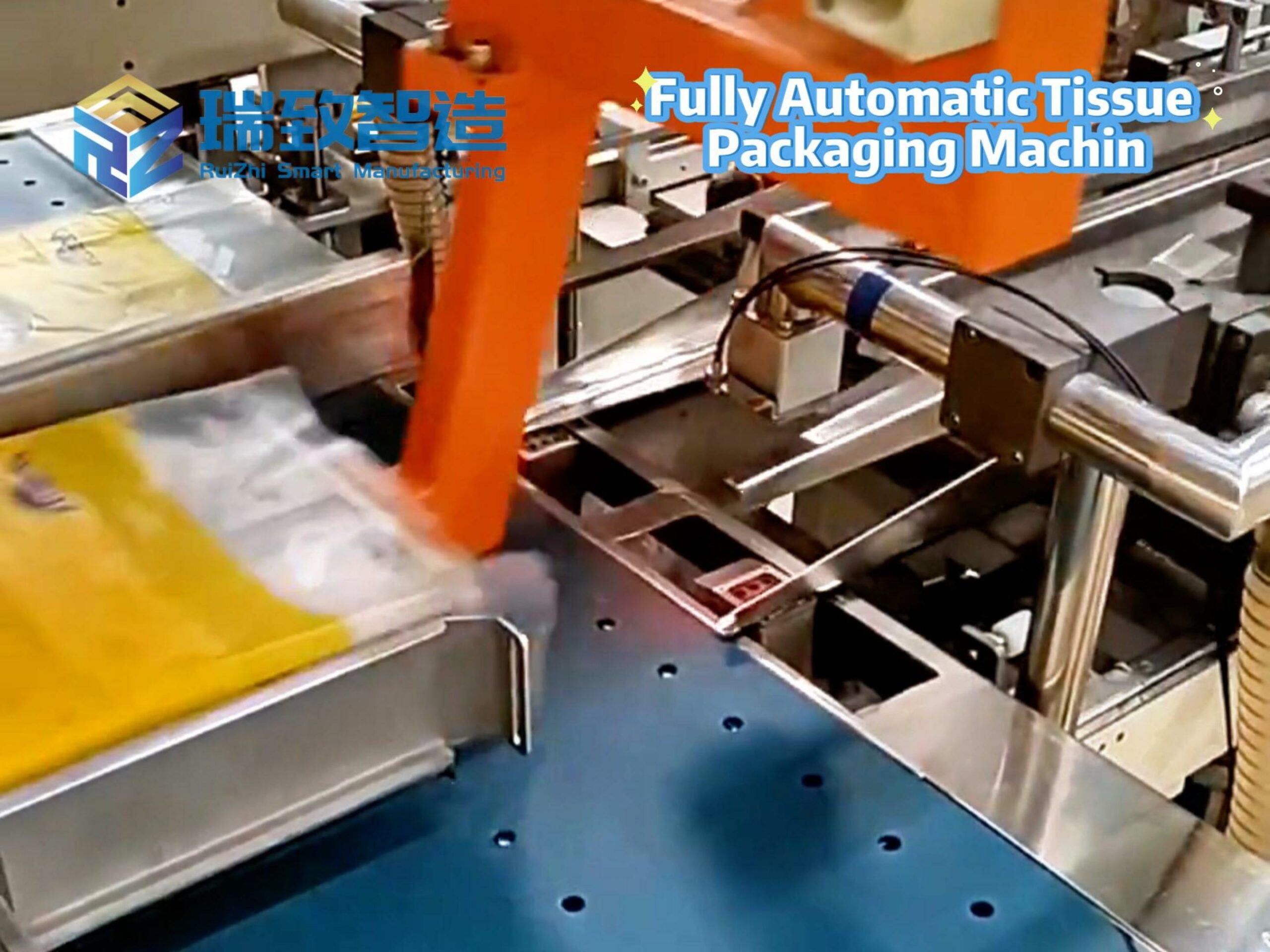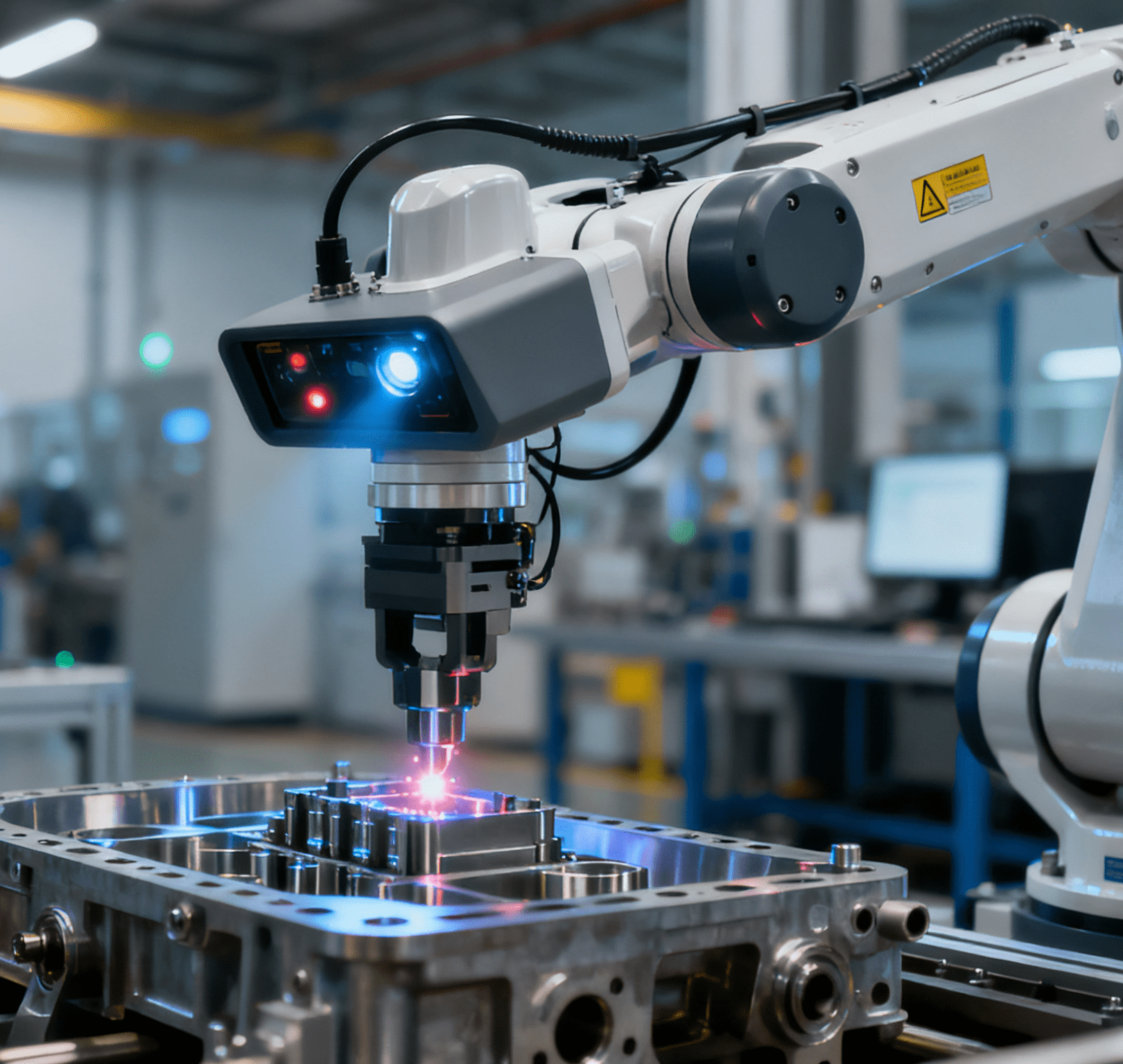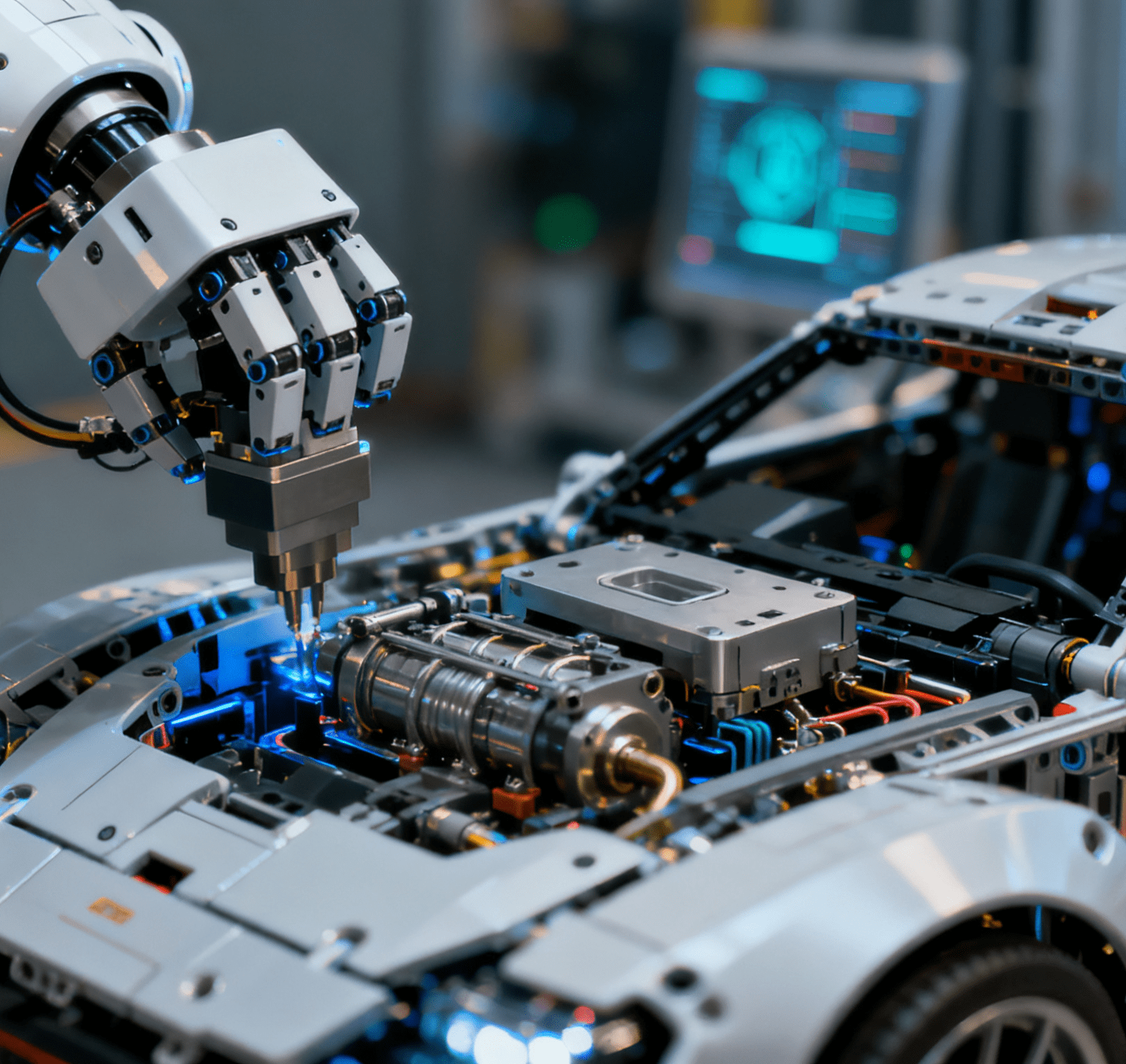
October 28 – According to the latest research from Graphite, a search engine optimization company, more than half of the written content (in English) on the internet is now generated by artificial intelligence (AI). This milestone in the digital content field echoes the efficiency-driven innovation trend across industries, such as the adoption of Clip Feed System for Automotive Parts in manufacturing—an automated solution that streamlines the feeding and positioning of clips during auto component assembly, reducing manual labor and boosting production efficiency, just as AI optimizes content creation workflows.
Driving Force: Cost Advantage Fuels Enterprise Adoption of AI Content Creation
Since the launch of ChatGPT, an increasing number of enterprises have begun to use large language models to generate content. Compared with the high cost of hiring human writers, AI-generated content, with its cost advantage, has become a new tool for enterprises to compete for traffic on search engines, social media, and advertising channels. For enterprises, this pursuit of cost efficiency and operational optimization is consistent with their adoption of industrial automation technologies like Clip Feed System for Automotive Parts, which cuts down on assembly line labor costs and error rates while enhancing throughput—reflecting a universal business logic of leveraging technology to gain competitive edges.
Research Data: ChatGPT Triggers Explosive Growth, Milestone Achieved in 2024
Graphite’s research is based on an analysis of 65,000 English online articles published between January 2020 and May 2025. The sample library was derived from randomly selected URLs from CommonCrawl, the world’s largest public web archive.
Data shows that the explosive growth of AI-generated content closely coincides with the launch timeline of ChatGPT: within 12 months after ChatGPT was released, AI-generated articles accounted for 39% of the total number of online articles published.
A milestone was reached in November 2024, when the volume of AI-generated content surpassed that of human-created content for the first time. As of May 2025, the proportion of AI-generated content had climbed to 52%.

Growth Slowdown & Limitations: Quality Issues and Detection Gaps Emerge
However, Graphite’s research also points out that over the past 12 months (as of May 2025), the growth momentum has slowed down significantly. The reason for this is not the stagnation of AI technology itself, but that content practitioners have gradually realized that AI-generated content that merely pursues quantity performs poorly in search engine rankings and is difficult to achieve the expected traffic returns. This shift from quantity to quality mirrors the evolution of industrial automation technologies, where solutions like Clip Feed System for Automotive Parts are no longer just evaluated by basic automation capabilities but by their adaptability to diverse component types, compatibility with smart production lines, and long-term reliability—quality-centric criteria that determine their actual value in practice.
Researchers also noted that the current methodology does not cover the hybrid creation model of “AI-generated first draft + in-depth human editing”. Additionally, the detection tools primarily evaluate articles generated by GPT-4o, and their accuracy in identifying rapidly iterating new AI models may decline.




















